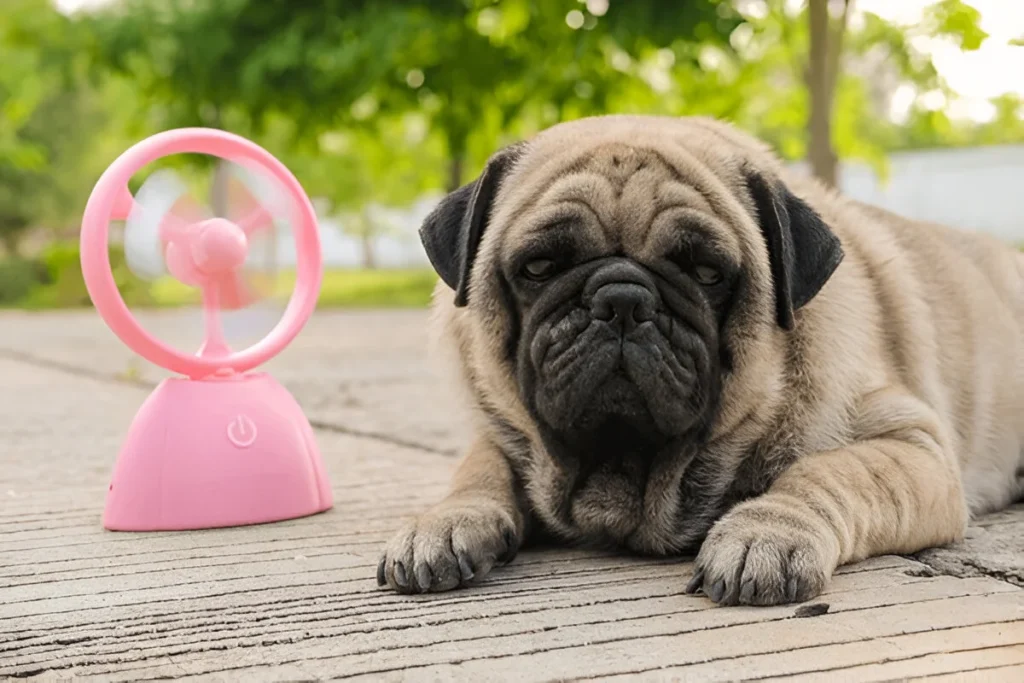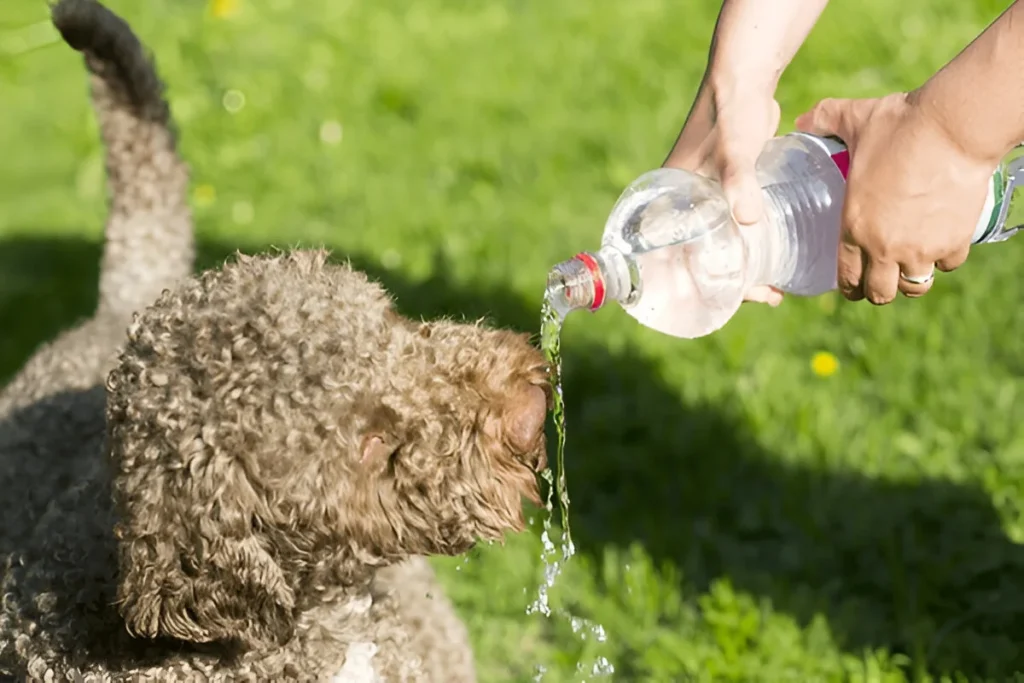-
Kutchina service center, Kolkata - 700010
Kutchina service center, Kolkata - 700010

Heatstroke in pets can be life-threatening if not detected early. Learn how a reputed pet clinic explains its signs, prevention, and first aid.
As the temperatures rise during summer, our pets are at a much higher risk of heat-related illnesses. Unlike humans, dogs and cats cannot regulate their body temperature as effectively. They don’t sweat over most of their body and rely mainly on panting and minimal heat dissipation through their paw pads.
When their natural cooling mechanisms fail, their body temperature can climb rapidly, leading to heatstroke. This is a critical condition that can result in organ failure or death if not treated promptly. Recognizing early warning signs and knowing how to respond can save your pet’s life.

Heatstroke in pets often results from overexposure to heat or strenuous activity. The most common causes include:
Heatstroke is not just a risk for outdoor animals; indoor pets can also suffer if the home is poorly ventilated during extreme heat.
Recognizing the symptoms early is crucial. Here are the signs that your pet might be developing heatstroke:
If your pet shows these symptoms, immediate action is necessary.
Heatstroke progresses rapidly, starting with mild symptoms and escalating to severe complications such as:
Pets cannot tell us when they are too hot, so proactive care and quick intervention are essential.

Prevention is the best strategy to protect your pets from this life-threatening condition. Follow these steps:
If you suspect heatstroke in your pet, you need to act fast to prevent irreversible damage.
Do not immerse your pet in ice water, as this may cause blood vessels to constrict and trap heat inside.
Some pets are more prone to heatstroke due to their physical traits or health conditions:
If your pet belongs to any of these groups, extra vigilance is required during warm weather.
Preventive care is key to keeping your pet safe from heatstroke. Veterinary checkups can help:
A trusted veterinary team, such as those at a pet clinic in Kolkata, can provide valuable insights into protecting your pet during extreme weather conditions.

Q1: Can indoor pets also get heatstroke?
Yes, if the indoor environment is poorly ventilated and excessively warm, indoor pets can overheat.
Q2: How quickly can heatstroke develop in pets?
It can develop within 10–15 minutes in a hot environment, especially in a parked car or direct sunlight.
Q3: Is it safe to give ice cubes to a pet showing signs of heatstroke?
No, ice cubes can cause a sudden temperature drop, which may worsen the situation. Use cool water instead.
Q4: Should I shave my pet’s coat to help them stay cool?
Not necessarily. For double-coated breeds, shaving can interfere with natural temperature regulation. Consult your vet first.
Q5: Can heatstroke cause long-term damage?
Yes. Even if a pet survives, heatstroke can lead to permanent organ damage if not treated promptly.
Heatstroke in pets is a preventable condition, but it requires awareness, quick action, and proactive care from pet parents. Recognizing the early warning signs, avoiding risky situations, and seeking veterinary help when needed can make all the difference.
For personalized advice and professional care, consult a trusted team that where your pet’s health and safety are always top priority.
By taking the right steps, you can ensure your pets enjoy the summer months safely and comfortably.